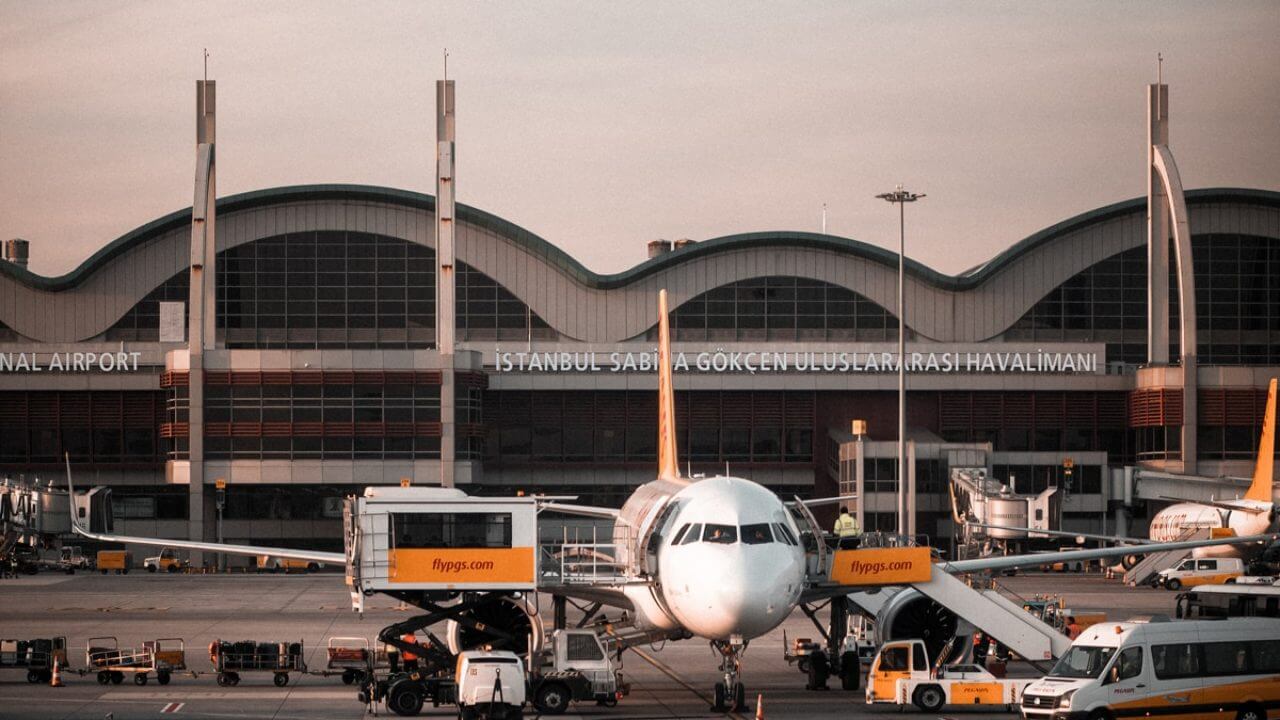Sabiha Gökcen Airport SAW in Istanbul: Everything You Need to Know
The Sabiha Gökcen Airport SAW International Airport, located on Istanbul’s Asian side, is a significant air terminal primarily serving budget and short-haul flights. While it is not as well-connected as the Istanbul International Airport (IST), its importance has grown significantly in recent years, helping to alleviate congestion at the city’s main airport. This article provides detailed information about its history, services, and how to reach central Istanbul from this terminal.
Who Was Sabiha Gökçen?
The airport is named after Sabiha Gökçen, the first female combat pilot in history. Born in 1913, she began her career at the age of 23, becoming a symbol of modernity and progress during the era of Mustafa Kemal Atatürk, the founder of the Republic of Turkey. Her legacy as a pioneering aviator remains a source of national pride.
History and Significance of the Airport
Sabiha Gökçen Airport was constructed as a solution to ease congestion at the Istanbul International Airport, especially due to the increasing air traffic in Istanbul. Since its opening, it has experienced rapid growth, serving over 15 million passengers annually. Its strategic location and modern facilities make it an attractive option for those traveling to and from Istanbul’s Asian side.
Location and Distance
The airport is located approximately 50 kilometers from central Istanbul, on the Asian side of the city. Although it is farther away compared to Istanbul International Airport, it offers several transport options to facilitate travel to the city’s main tourist areas.
Transportation Options from Sabiha Gökçen Airport
1. Buses
The airport features five bus routes connecting different parts of the city:
- Asian-side routes: Four of these routes operate exclusively on the Asian side of Istanbul.
- Route E3 (to the European side): This bus reaches the Levent station, where you can transfer to the metro to continue to Taksim, the hub of European Istanbul. Operating hours: 06:00 to 23:00.
2. Shuttle Buses (Havataş)
Havataş shuttles provide convenient connections to:
- Taksim (European side): Cost: 12 TL. Stops include Kavacık, FSM Bridge, 1 Levent, Zincirlikuyu (where you can catch the Metrobus), and Dolapdere.
- Kadıköy (Asian side): Cost: 8 TL. Stops include the Trans-European Motorway (TEM) and Yeni Sahra.
3. Taxis
A taxi from the airport to central European Istanbul costs approximately 80-100 TL. Although more expensive, it is a convenient option for those seeking comfort and speed.
4. Private Transfer Services
For a similar price to taxis, many companies offer personalized transfer services to and from your hotel. This is an excellent option if you prefer to plan your trip in advance.
5. Train and Ferry
While it is possible to combine trains and ferries to reach central Istanbul, these options require additional transfers from the airport to the corresponding stations, which may be inconvenient for some travelers.
Airport Services
The Sabiha Gökçen Airport boasts modern facilities, including duty-free shops, restaurants, cafes, currency exchange services, ATMs, and Wi-Fi access. Additionally, the airport offers rest areas and tourist information services to enhance the passenger experience.
Tips for Traveling from Sabiha Gökçen Airport
- Plan your transport: Due to the distance, it’s important to choose a mode of transportation that best suits your budget and schedule.
- Book in advance: If opting for a private transfer service, make your reservation well ahead of time to ensure availability.
- Check schedules: Bus and train schedules may vary, especially on weekends and public holidays.
- Carry cash: Some transport services, like local buses, may require cash payments.
Conclusion
The Sabiha Gökçen Airport is an efficient alternative for those flying to or from Istanbul’s Asian side. While it is farther from the city center, it offers a variety of transport options to make the journey easier. With its modern infrastructure and growing importance, this airport has established itself as a key component of Turkey’s air transportation system.



3 thoughts on “Sabiha Gökcen Airport SAW”
★★★★★
Exploring ‘Sabiha Gökcen Airport SAW’ exceeded all my expectations. A perfect combination of culture, beauty, and knowledge.
★★★★★
Highly recommend visiting ‘Sabiha Gökcen Airport SAW’—a site rich with history and unparalleled beauty.
★★★★★
The charm of ‘Sabiha Gökcen Airport SAW’ captivated me entirely. It’s a destination that leaves no one indifferent.